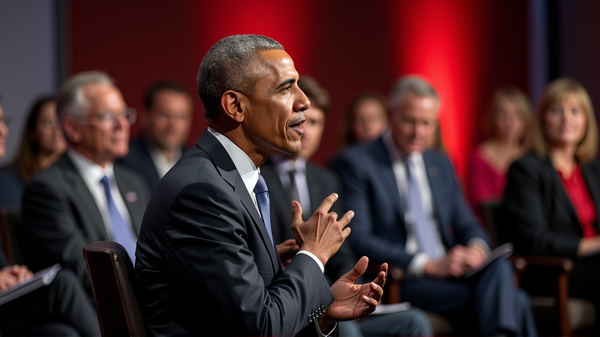The Impact of the Ukrainian Conflict on EU-Russia Trade: A Comprehensive Analysis

Introduction
The Ukrainian conflict, which escalated into a full-scale Russian invasion in early 2022, has had a profound impact on global trade dynamics, particularly between the European Union (EU) and Russia. A recent study by the Munich-based Ifo Institute for Economic Research reveals a significant decline in EU exports to Russia, highlighting the complexities of international trade amid geopolitical tensions.
Decline in EU Exports to Russia
According to the Ifo Institute's report, since the beginning of the Russian incursion into Ukraine, EU exports to Russia have plummeted to just 37% of their pre-war levels. This sharp decrease underscores the immediate effects of the conflict on European economies, which have traditionally maintained robust trade relations with Russia.
Partial Sanctions and Their Effects
Interestingly, the still considerable volume of EU exports to Russia can be attributed to the fact that only 32% of all EU goods fall under the sanctions imposed against Russia. For instance, while the export of champagne to Russia is sanctioned, Prosecco remains exempt. This selective sanctioning has led to an uneven impact across different product categories.
Indirect Trade Routes
The report also highlights that many EU goods affected by sanctions are still reaching Russia through third countries. Currently, about one-third of the sanctioned goods are absent in Russia compared to the pre-war period due to the export restrictions imposed by the EU and other Western nations.
China and Turkey as Alternative Sources
China has emerged as a key alternative source of products for Russia that are under EU sanctions. Presently, 61% of these goods originate from China, a significant increase from the 35% share in 2021. Additionally, 3% of the sanctioned goods are now being imported into Russia from Turkey, slightly up from less than 3% in the previous year. This shift indicates Russia's strategic realignment towards alternative markets in response to Western sanctions.
Armenia's Growing Role
Armenia's role in this trade dynamic is also noteworthy. Approximately 1% of all sanctioned goods are currently sourced by Russia from Armenia, and during the same period, exports from the EU to Armenia have doubled. This trend suggests a possible rerouting of goods through Armenia to circumvent sanctions.
Expert Insights
Feodora Tetti, the Deputy Head of the Ifo Center for International Trade, offers valuable insights into these trade shifts. She notes, "In the case of China, the increase in exports to Russia can at least partly be explained by the growth in domestic production. However, the sudden and sharp increase in exports to Russia from Turkey and Armenia raises suspicions of sanctions evasion."
German Export Trends
The latest data from the Federal Statistical Office shows a stark reality for German exports to Russia. Over the past year, German exports to Russia have fallen by approximately 38%, amounting to around 0.8 billion euros in November 2023. Consequently, Russia has dropped to the 16th position among the most important destination countries for German exports outside the EU, a significant decline from the 5th position just before the attack on Ukraine in February 2022.
Conclusion
The ongoing conflict in Ukraine and the resulting sanctions have reshaped the landscape of EU-Russia trade. While the overall export volume has decreased dramatically, the emergence of alternative trading routes and sources reveals the complex nature of global trade networks. The situation continues to evolve, reflecting the broader geopolitical shifts and economic strategies adopted by the involved nations. As the conflict persists, the long-term implications for EU-Russia trade relations and the global economy remain a subject of keen interest and speculation.




